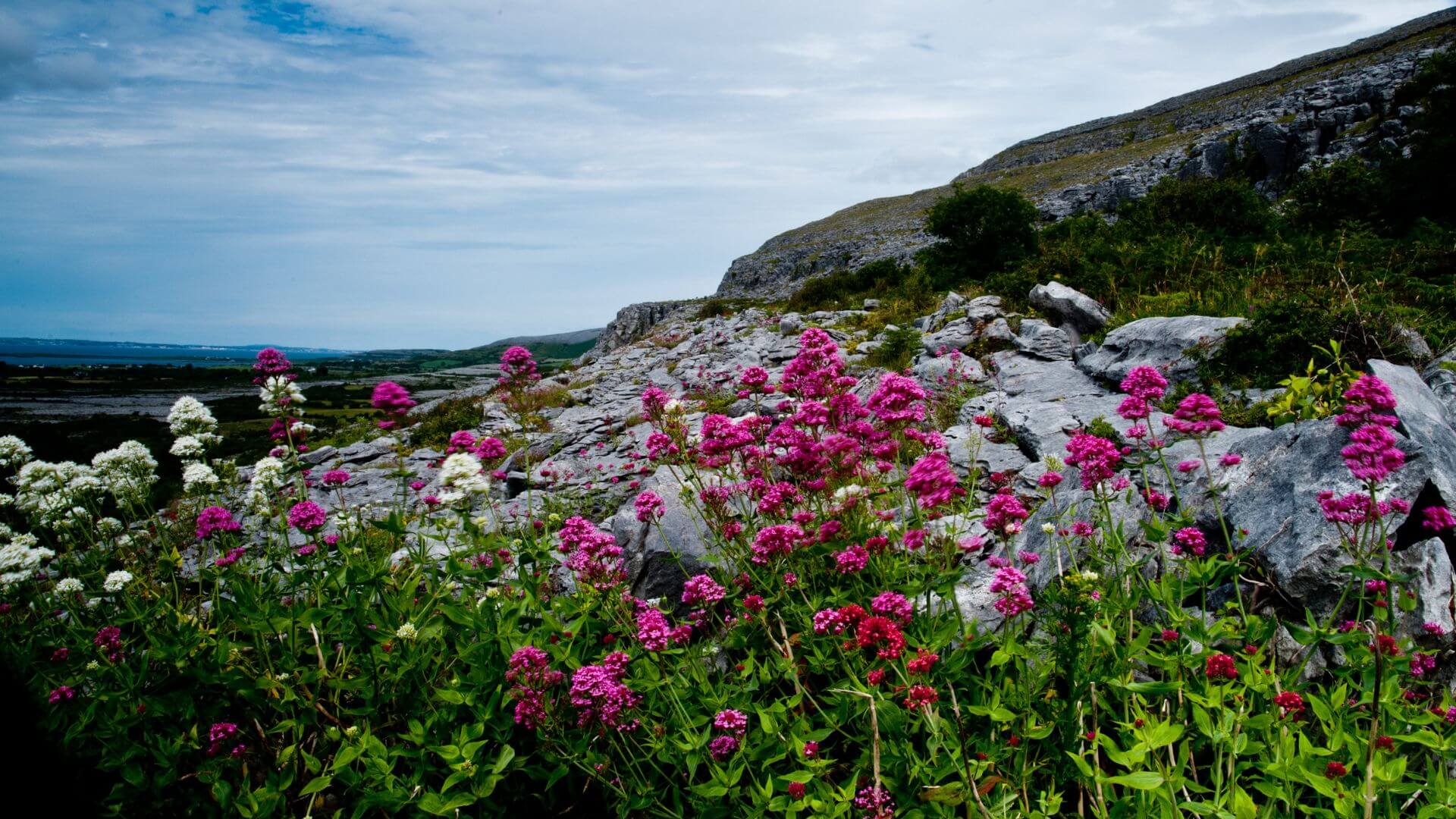
In a world where many destinations are overrun with tourists and global franchises, there still exist untouched, pristine landscapes. Tucked away in the Arabian Sea lies Socotra Island, a place so remote, so biologically unique, and visually bizarre that it has often been called “the most alien-looking place on Earth.”
Part of Yemen, yet geographically closer to the Horn of Africa, Socotra is home to more endemic species than the Galápagos Islands. With its towering limestone plateaus, turquoise lagoons, prehistoric trees, and ancient culture, Socotra feels like stepping into another world—one that time forgot.

2. Where Is Socotra Island?
Socotra is the largest of four islands in the Socotra Archipelago, located about 380 kilometers (240 miles) south of mainland Yemen and around 240 kilometers (150 miles) east of Somalia. Despite being part of Yemen politically, it is ecologically distinct from the rest of the country.
Socotra’s remoteness has long protected it from mass development, allowing its biodiversity to evolve in isolation for millions of years. In 2008, UNESCO recognized the island as a World Heritage Site, calling it a “site of universal biological importance.”

3. Why Socotra Looks Like an Alien World
The moment you step off the plane or boat, you’re greeted by a landscape that defies all expectations. The terrain is surreal: jagged limestone mountains, towering sand dunes, deep caves, and flat plains dotted with bizarre, twisted trees.
Many travelers describe Socotra as a “botanical Jurassic Park.” The island has been cut off from mainland evolution for over 6 million years, resulting in:
- 700+ endemic species
- An estimated 37% of plant species found nowhere else
- A fusion of African, Arabian, and Indian Ocean ecological elements
Photographs of Socotra often go viral for looking like digital artwork. But make no mistake—this alien beauty is entirely real.

4. The Dragon’s Blood Tree – The Icon of Socotra
Perhaps the most iconic symbol of Socotra is the Dragon’s Blood Tree (Dracaena cinnabari). It looks like a giant, upside-down umbrella or mushroom, with a thick trunk and a dense canopy of spiky leaves.
Named for its dark red sap—used since antiquity for dyes, medicine, and incense—this tree is ancient and mysterious. Local legends say the tree was born from the blood of a slain dragon, hence the name.
The trees thrive in the island’s dry conditions, collecting moisture through their canopies and funneling it down their trunks.

5. Otherworldly Flora and Fauna
Beyond the Dragon’s Blood Tree, Socotra’s flora and fauna are a biologist’s dream:
🌿 Unique Plants
- Desert Rose (Adenium obesum socotranum) – Resembles a giant bonsai with bright pink flowers.
- Cucumber Tree (Dendrosicyos socotranus) – A strange bottle-shaped plant found nowhere else.
- Frankincense Trees – Still harvested traditionally for resin.
🐦 Unique Animals
- Over 190 species of birds, 10 of which are endemic.
- The Socotra Sunbird, Socotra Starling, and Socotra Sparrow are just a few of the avian gems.
- Reptiles like the Socotra Skink and Socotra Chameleon add to the island’s uniqueness.
Marine life is also diverse, with coral reefs and hundreds of species of fish, making it a diver’s paradise.

6. The People of Socotra – Culture and Daily Life
Socotra’s human population is just over 60,000, most of whom live in small coastal villages or in the capital, Hadibo. The people speak Soqotri, a language of pre-Islamic origin that is unwritten and unrelated to Arabic.
The islanders are warm and hospitable, living mostly traditional lives based on fishing, goat herding, and palm cultivation. Islam is the predominant religion, but pre-Islamic customs and stories still echo in local folklore.
Cultural highlights:
- Oral storytelling traditions
- Unique songs and dances
- Traditional flat-roofed stone houses

7. Traveling to Socotra: Logistics and Tips
Due to Yemen’s ongoing political conflict, Socotra was off-limits for years. Recently, however, controlled and limited tourism has resumed, especially via the United Arab Emirates or charter flights from Egypt.
✈️ How to Get There:
- Direct charter flights from Abu Dhabi (1x weekly, depending on season)
- Occasionally from Cairo or Seiyun (Yemen) with permits
🧭 Travel Tips:
- Bring cash: No ATMs or card machines
- Travel with a guide: Mandatory for most parts
- Pack essentials: No pharmacies, limited internet, and basic accommodations
- Respect local customs: Modest dress, no alcohol

8. Eco-Tourism in Socotra
Eco-tourism is vital to Socotra’s future. Sustainable tourism supports the local economy while protecting the fragile environment.
🌱 Key Eco-Tourism Principles:
- Leave no trace
- Use local guides and supplies
- Stay in eco-camps or homestays
- Avoid plastic waste
- Support community projects
Several eco-tour operators now run small-group tours that emphasize minimal impact, cultural exchange, and biodiversity awareness.
9. Adventure Activities: What to Do on the Island
If you’re a traveler who thrives on nature and adventure, Socotra won’t disappoint.
🏕️ Camping and Trekking
- Hike the Hajhir Mountains for breathtaking views.
- Camp under stars on Detwah Lagoon or Dixam Plateau.
🐠 Snorkeling and Diving
- Explore vibrant coral reefs off Qalansiyah Beach.
- Swim with dolphins and turtles in crystal-clear waters.
🏝️ Beach Escapes
- Aomak Beach and Shoab Beach are stunningly empty.
- Bioluminescent waters light up some beaches at night.
🕳️ Caving and Rock Climbing
- Hoq Cave stretches 3 kilometers into a limestone cliff, filled with ancient inscriptions and unique formations.
10. Socotra’s Role in Conservation and Climate Change
Socotra is a living laboratory for climate change. Because of its unique isolation, even small environmental changes have outsized impacts here.
Key Conservation Challenges:
- Invasive species (e.g., feral cats and goats)
- Overgrazing
- Plastic pollution
- Rising sea levels and droughts
International organizations, including UNESCO, have partnered with local groups to implement conservation programs focusing on:
- Reforestation of endemic trees
- Marine biodiversity protection
- Sustainable agriculture training
11. Challenges Socotra Faces Today
Despite its beauty and resilience, Socotra is not immune to modern threats:
- Political instability in mainland Yemen affects infrastructure and tourism.
- Limited medical and educational facilities
- Climate change threatens endemic species and water sources.
- Illegal wildlife trade and poaching
Balancing tourism with preservation is crucial. Tourists must be conscious participants in the island’s story, not mere consumers.
12. Why Socotra Should Be on Your Bucket List
So why choose Socotra over the hundreds of other islands in the world?
Because it is unlike anywhere else on Earth.
It’s not about luxury hotels or crowded resorts. It’s about connection—to nature, to people, to the raw essence of the planet.
Here, you can walk for hours without seeing another soul, touch trees that predate human civilization, and hear stories passed down from ancient ancestors. It’s one of the last truly wild places left.
If you believe travel should transform you, not just entertain you, Socotra is your kind of destination.
13. Final Thoughts
In a travel industry increasingly driven by social media trends and curated experiences, Socotra offers something profoundly different: authenticity. It’s not just a location; it’s a living archive of Earth’s evolution.
Socotra reminds us what the world once looked like—and what could be lost if we’re not careful. It’s a call to explore responsibly, appreciate deeply, and protect fiercely.

